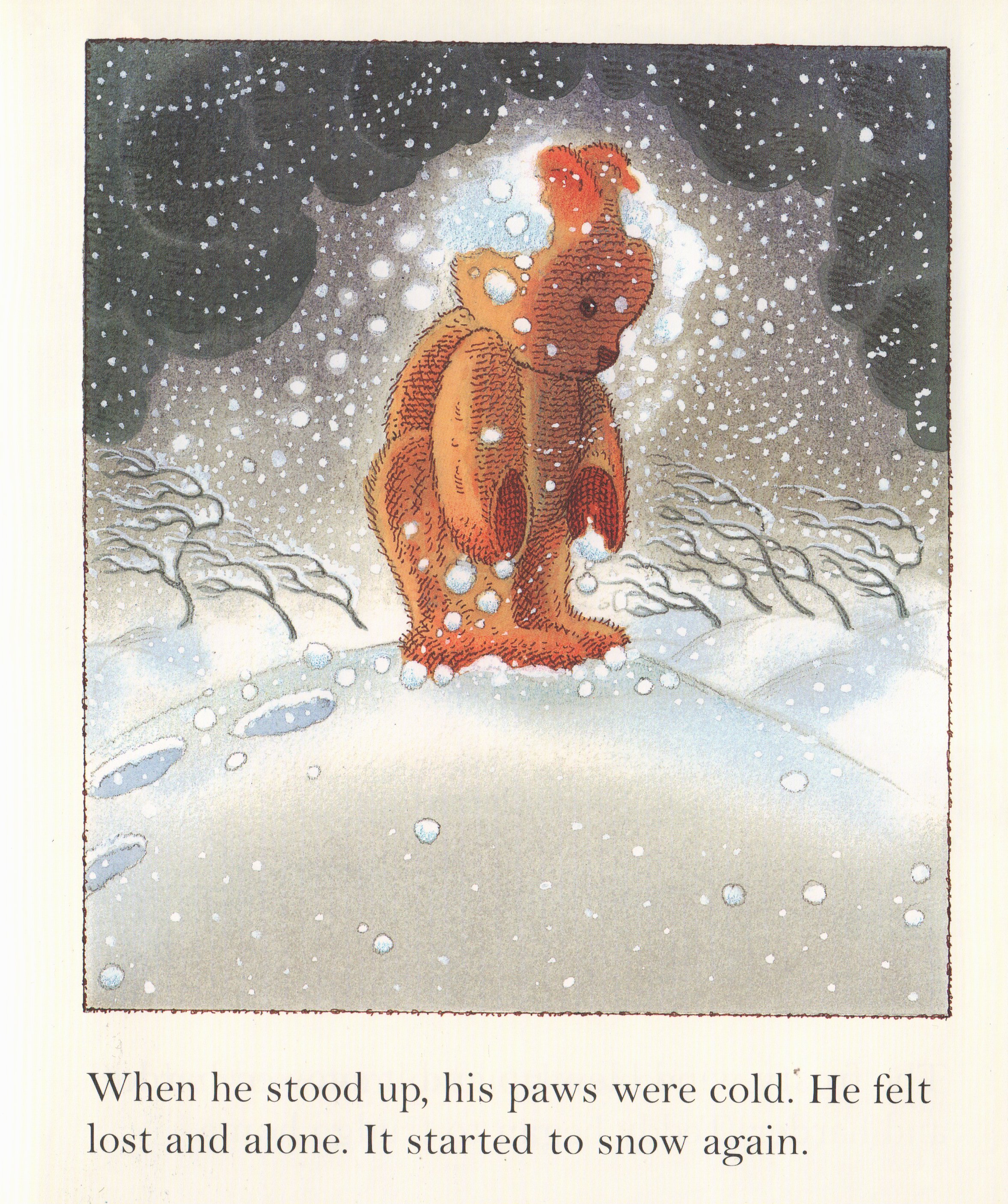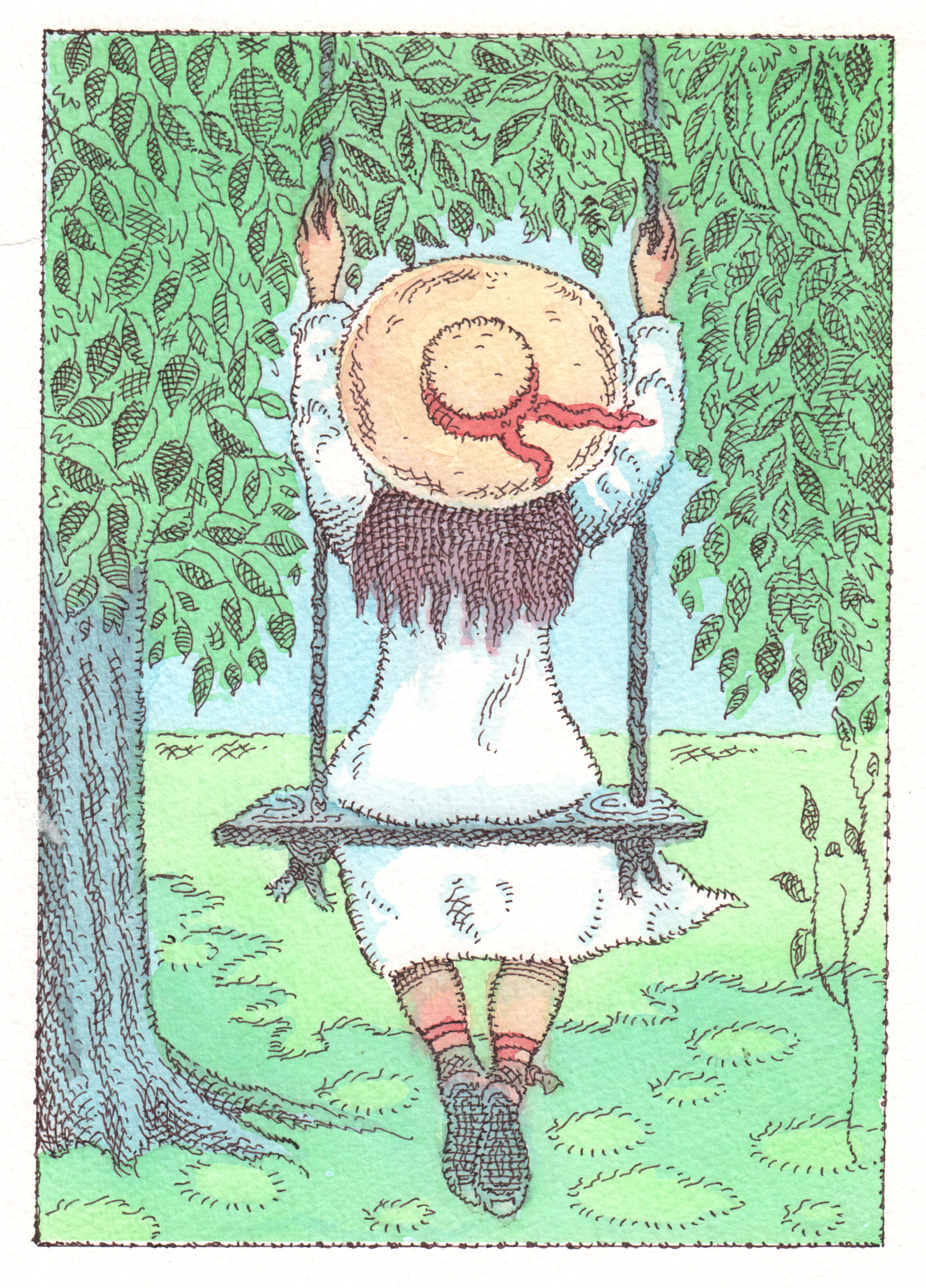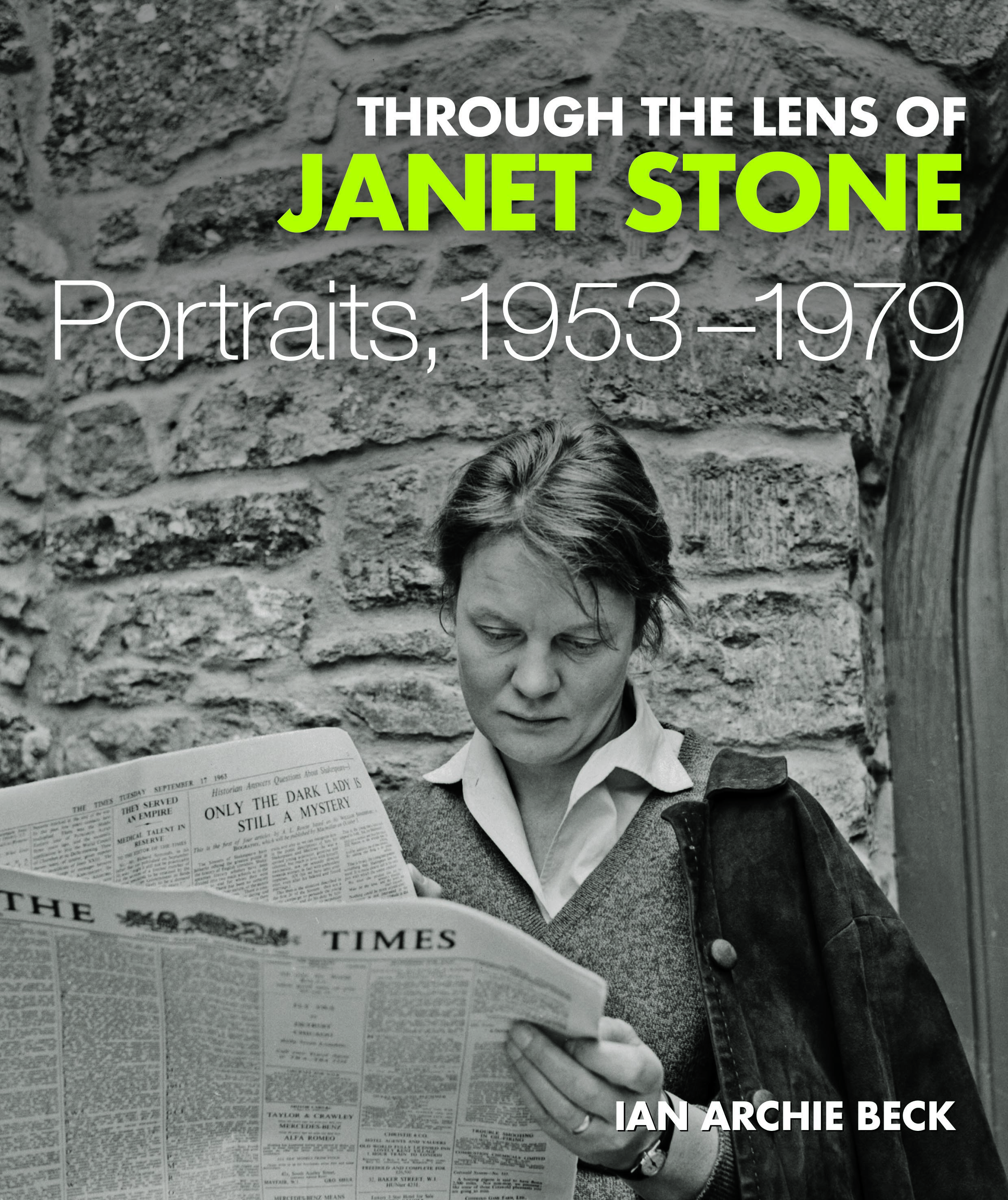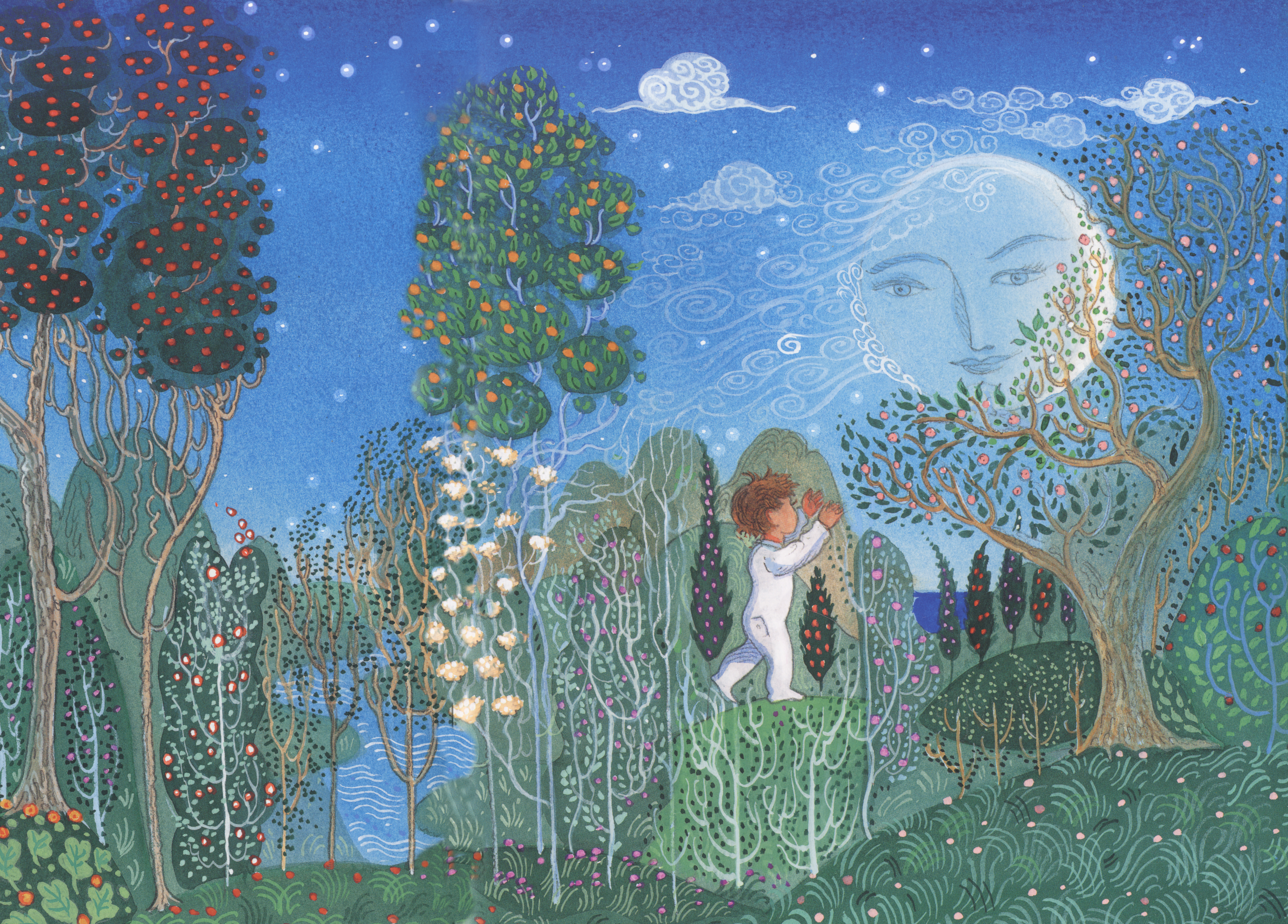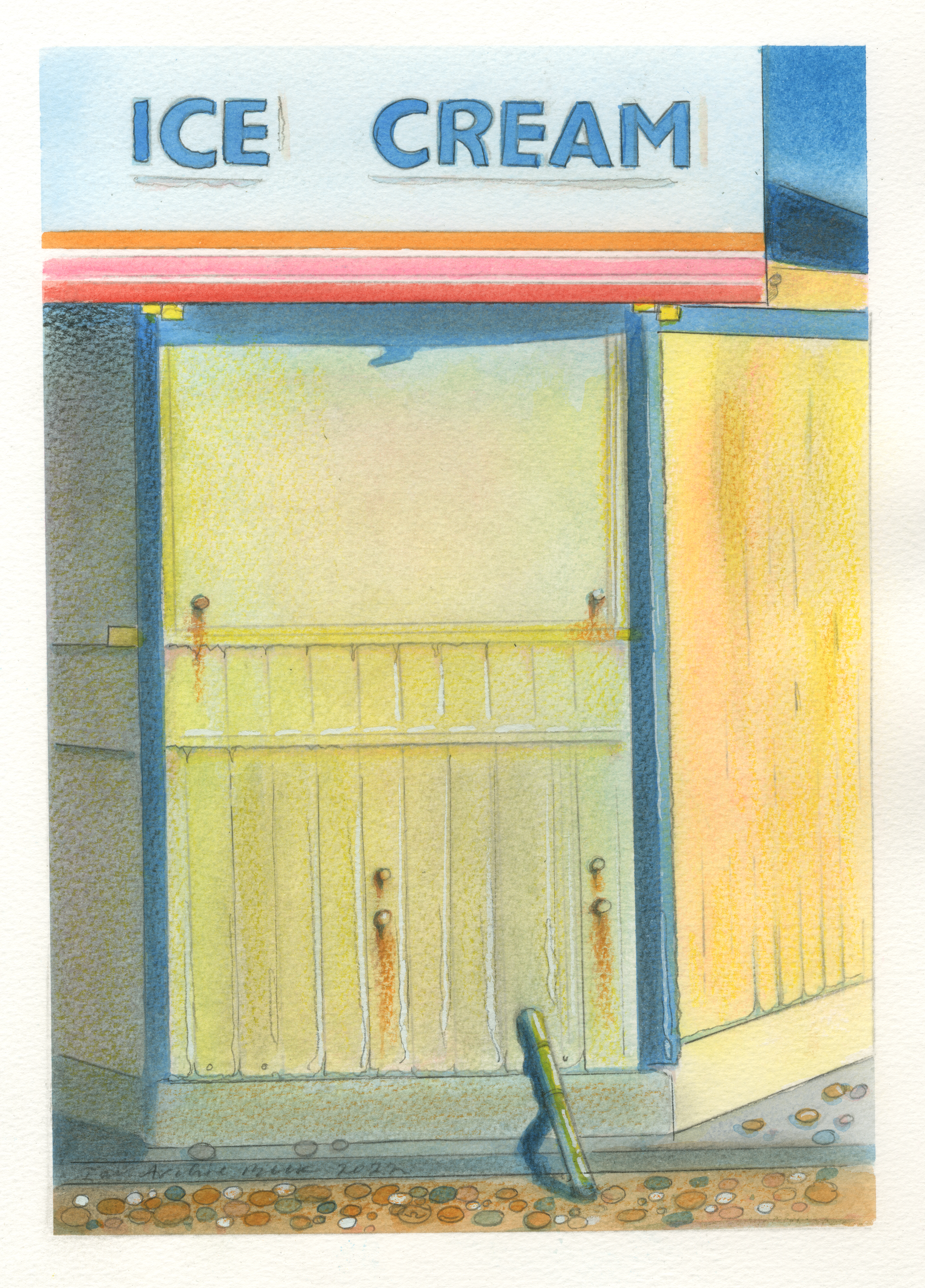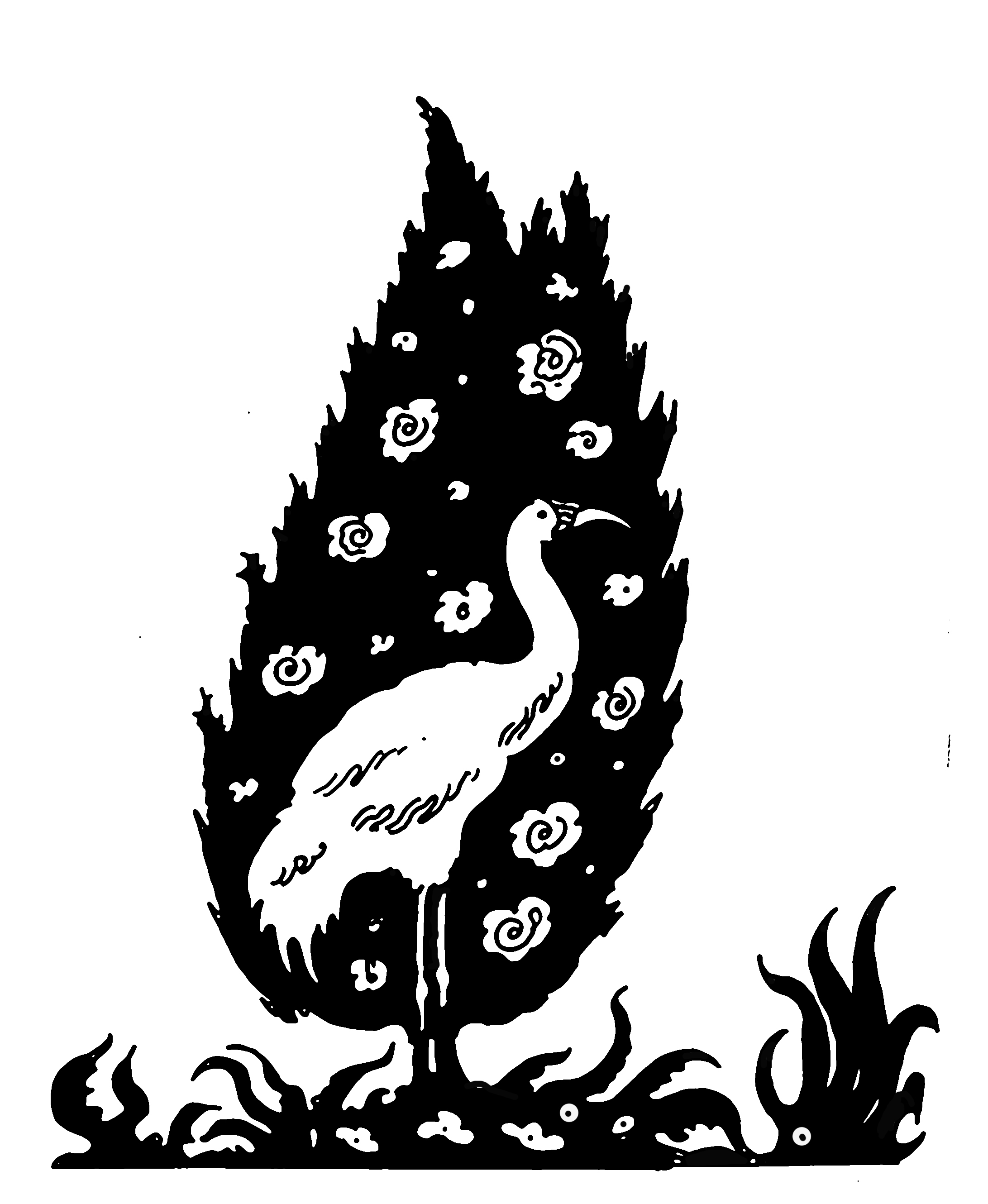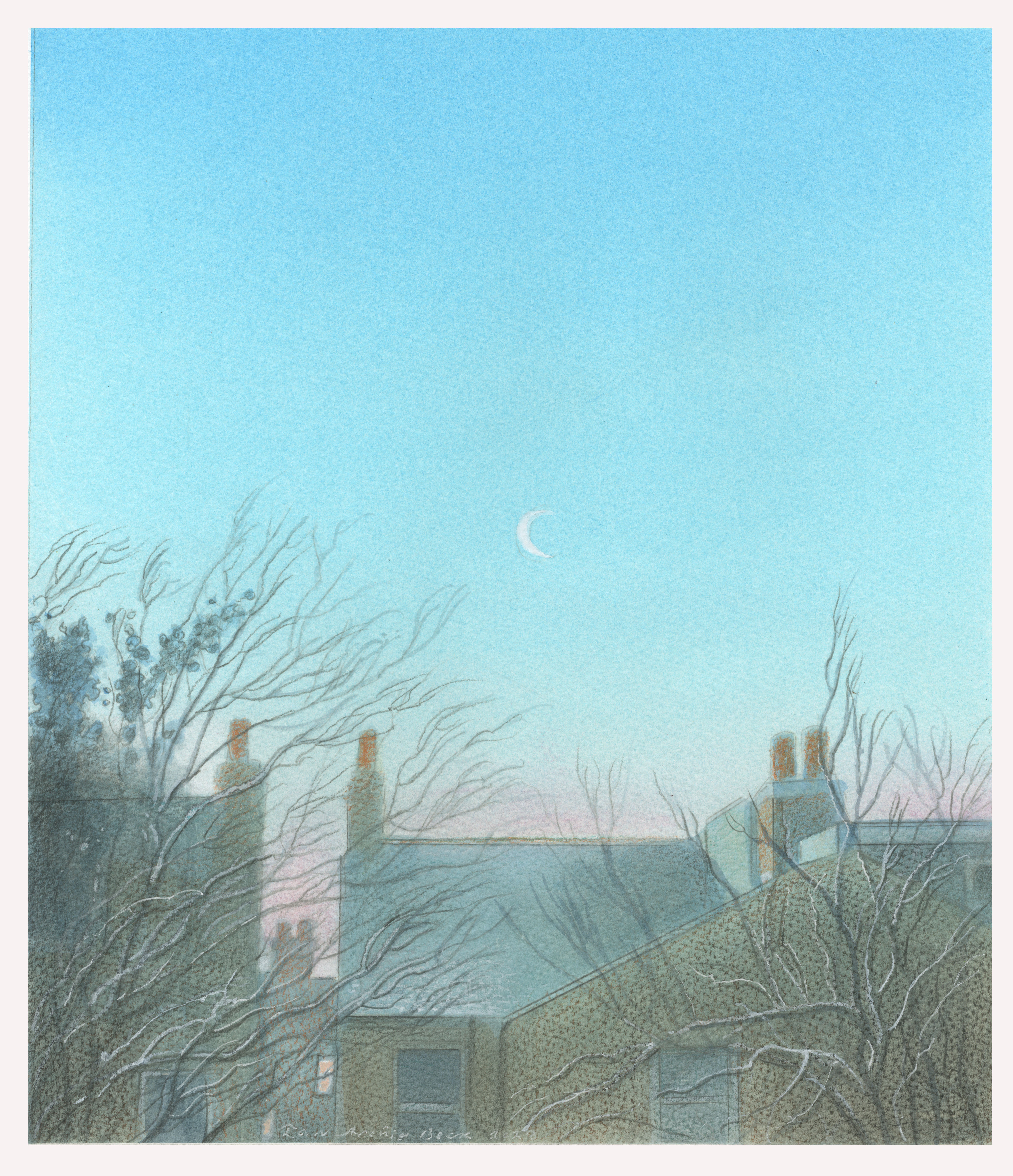Ian Beck was born in Hove on the Sussex coast in 1947. At the age of thirteen, after seeing an exhibition of drawings for the Radio Times, he was fired with enthusiasm about illustration and began attending Saturday painting classes at the nearby Brighton College of Art.
Ian left school at fifteen and went immediately to Brighton to study art full-time. There he was taught by both Raymond Briggs and John Vernon Lord.
Ian has worked in many fields of illustration. He’s been involved in the record industry, and painted the cover of one of the most popular records of all time: Elton John’s ‘Goodbye Yellow Brick Road’. One of Ian’s titles, Lost in Snow, was made into an animated film for TV and his books have now sold a million copies worldwide.
Ian can be found at:
Website: https://www.ianarchiebeck.co.uk/
Twitter: @ianarchiebeck
Instagram: @ianarchiebeck
When did you know you wanted to become an illustrator?
There were various triggers. A copy of The Lion The Witch and The Wardrobe which I borrowed from Hove Library circa 1956. I loved the drawings by Pauline Baynes they conveyed something magical to my nine year old self. Closely followed by the comic strip Buck Ryan in the Daily Mirror (my parent’s paper) and all kinds of comics really. I suppose commercial art was the kind of art I saw every day and I always admired it (still do) but I was constantly warned off pursuing it as a career by concerned relatives. They fussed on about how difficult it would be to become such an artist. The implication was that it wasn’t for the likes of me, a working class lad. Mercifully Art School (Brighton 63-68)released me.
What’s your favourite piece of art equipment?
I would have to say a Faber Castell Black crayon pencil.
Do you have a favourite colour scheme, if so what and why?
I like juxtaposing muted colours against more vivid ones such as putting Paynes Grey next to Scarlet Lake.
Who were your inspirations when starting out?
I moved from Hove to London in 1969 and I was lucky to be taken on by an agent for illustration work. This was John Craddock at Anglo Continental Artists. He had premises next door to the Old Curiosity Shop at Lincolns Inn Fields.I worked for a while at a desk there. I was alongside a variety of older professional commercial artists ands learned a lot from them, and John generously took me round to various magazines with my portfolio, such as it was. I was encouraged early on with regular commissions by art directors such as Stafford Cliff at Conran Design and Joy Hannington at Homes and Gardens to both of whom I shall always be grateful.
Do you have another job beside being an illustrator, if so what?
No I have never had a conventional job, I have always been freelance.
What do you do to overcome a creative block?
I don’t think I have ever suffered from that.
Do you have a favourite piece in your portfolio, if so could you share it and talk about it?
I have produced a lot of work in the past 50 years or so. Hard to single out one thing which I find a favourite. The problem being that I just see the faults and wish they were better.
- Home Before Dark
- Lost on the Beach
- The Secret History of Tom Trueheart
- The Happy Bee
- The Little Mermaid
- Alone in the Woods
What was your first book related project?
My first illustrated book was: Edward Waring: Ghosts and Legends of the Dorset Countryside. Compton Press, 1977. 100 pp. It consisted of a series of Black and white illustrations. I didn’t get near to making images for children’s books until the early 1980s.
What type of media do you prefer to work in and why?
I like working in watercolour on good paper, either using a black crayon pencil or a fine black or sepia pen for the line work.
Do you have a playlist you like working to? If so do you want to share it?
I do listen to music as I work. The playlist would be vary varied and wide ranging. I love certain composers and play their music a lot,Vaughan Williams, Arnold Bax, Malcolm Arnold, Debussy, Ravel, Poulenc, Bernard Herrmann, Erich Wolfgang Korngold,etc. I also listen to Radio Plays while knitting away, or filling in as we used to call it there are selections of cosy old detective and spy dramas on YouTube which I like.
Do you have any rituals when working?
Not really, I just start and get on with it. Time dilates I find when I am working and I might look up from the desk and suddenly realise hours have gone by without my realising it.
Do you have a favourite artist outside of the world of books, if so who and why?
I have several painters that I admire apart from the obvious ones (ie Vermeer, Velasquez…) William Nicholson (although he does have a connection to books of course) George Clausen, Algernon Newton and Meredith Frampton especially.They have a certain atmosphere in their work, beauty and mystery and mostly connected with everyday things.
Did the books you read as a child influence your work?
I already mentioned the C S Lewis books. I also devoured all the Just William’s and loved Thomas Henry’s line drawings in them. Perhaps most of all Geoffrey Willan’s Molesworth books with Ronald Searle’s wonderful drawings.
Has your illustration/art style changed over time?
I suppose it has, though it hard for me to pinpoint exactly how and when. My methods remain similar but eyesight fades and thisa might affect things such as the size and scale of the work. If I can I like to work same size and that might prove difficult with ageing etc.
How closely do you work with the author on developing the illustrations for a book?
Some authors are happy to leave it up to me and then see things at rough visual stage and perhaps comment/suggest then. Others might take a much more hands on approach and like to be in at the start on any discussion pre drawing.
If you could illustrate any classic book which would it be and why?
I have already illustrated the one classic book I always wanted to illustrate: Alain-Fournier: The Lost Domain (Le Grand Meaulnes). Afterword by John Fowles. OUP, 1986. I didn’t do it justice then so I would welcome a second attempt (unlikely).
Which illustrated books in the last year have you loved?
I was very impressed by A Far Away Country by Ruth Boswell published by Hand and Eye and illustrated by the wonderful Angela Barrett.
If you can please tell us about your latest project and if not your last project
During Lockdown I rediscovered the pleasures of painting purely for its own sake not to illustrate anything. I made a series of paintings of the houses, trees, and streets of my suburban area in Twickenham west London. They were published in book form by Unbound as The Light in Suburbia.I have continued to paint the seasons and especially the effects of sunlight ever since. I painted a series of pictures of my childhood places at the seaside in Brighton and Hove.There is a set of cards which make a continuous landscape however you arrange them. They are called a Myriorama, I have been developing a set with Philip Pullman connected to his books which I hope will be published at some point. I am now attempting to record in words and pictures the world of my working class childhood a kind of opposite take to the ongoing crop of misery memoirs.
- Leo from Good Housekeeping, 1980s










